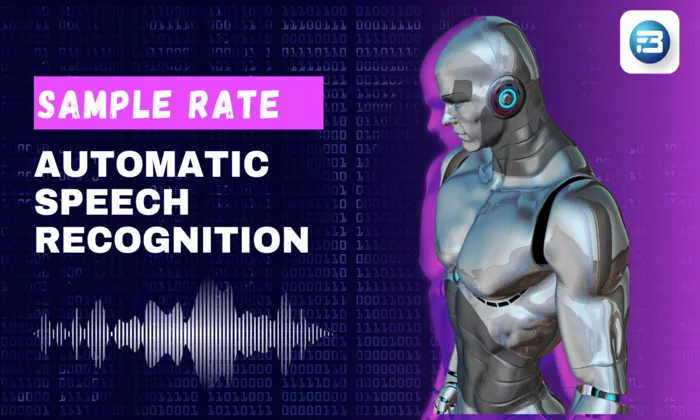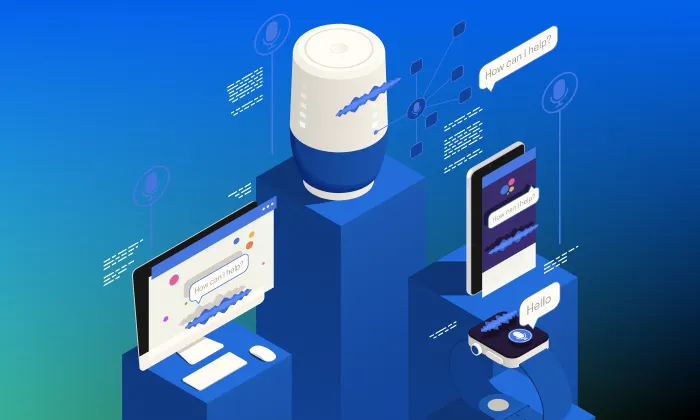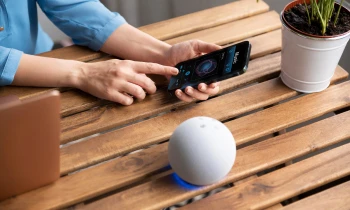What sampling rates are best for ASR in call center audio?
Sampling Rates
ASR
Audio Quality
The sampling rate of an audio recording is crucial for the performance of Automatic Speech Recognition (ASR) systems. It determines how frequently an audio signal is captured, directly affecting how well ASR systems can transcribe and understand speech. In call centers, selecting the right sampling rate ensures a balance between audio quality, storage efficiency, and system compatibility.
What Is a Sampling Rate?
A sampling rate defines how many times per second an audio signal is captured. Measured in Hertz (Hz), higher sampling rates capture more detailed sound. In ASR, the sampling rate influences the audio quality and the performance of the ASR model.
Common Sampling Rates Used in Call Centers
1. 8,000 Hz (Narrowband Audio)
What it is:
- This rate is used in traditional phone systems and basic VoIP setups, capturing frequencies from 300 Hz to 3,400 Hz.
Where it’s used:
- Standard voice calls in call centers using traditional telephony or low-bandwidth VoIP platforms.
Pros:
- Efficient storage and bandwidth usage.
- Suitable for basic voice interactions.
Cons:
- Limited clarity in speech.
- Struggles with accents, emotional tones, or fast speech.
Best for:
- High-volume call centers with routine customer service tasks.
2. 16,000 Hz (Wideband Audio)
What it is:
- Captures a broader frequency range (50 Hz to 7,000 Hz), ideal for modern call center platforms, particularly cloud telephony and VoIP systems.
Where it’s used:
- VoIP calls, modern call centers, and cloud telephony systems.
Pros:
- Enhanced clarity, helpful for accented or emotional speech.
- Improved transcription, intent detection, and emotion recognition.
Cons:
- Slightly higher storage and bandwidth costs compared to 8,000 Hz.
Best for:
- Call centers requiring high-quality transcription and emotion analysis.
3. 48,000 Hz (Studio-Level Audio)
What it is:
- A high-end sampling rate used in professional audio applications like music recording.
Where it’s used:
- Specialized use cases needing top-tier audio fidelity.
Pros:
- Captures a wide frequency range for crystal-clear sound.
Cons:
- Large file sizes.
- Requires significant computational resources, impractical for most call centers.
Best for:
- Not necessary in regular call center scenarios.
Why 16,000 Hz Is Often the Best Choice
For most AI-driven call center applications, 16,000 Hz strikes the best balance between quality and practicality. It provides clear voice recordings while remaining efficient enough for large volumes of calls. With this rate, ASR systems can handle speech complexities like emotional tone, fast speech, and unclear dialogue while keeping file sizes manageable.
Key Benefits of 16,000 Hz:
- Enhanced ASR Accuracy: Better clarity leads to more accurate transcriptions.
- Emotion Recognition: Improves detection of sentiment and tone.
- Multilingual Support: Essential for processing diverse accents.
Conclusion
Choosing the right sampling rate is key to optimizing transcription accuracy and model performance. While 8,000 Hz may work for basic calls, 16,000 Hz offers a higher-quality solution for AI-driven call centers.
At FutureBeeAI, we provide high-fidelity datasets optimized for 16,000 Hz, ensuring superior ASR performance and enhanced customer interactions.
Reach out to FutureBee AI today to elevate your call center’s performance!
What Else Do People Ask?
Related AI Articles
Browse Matching Datasets
Acquiring high-quality AI datasets has never been easier!!!
Get in touch with our AI data expert now!








